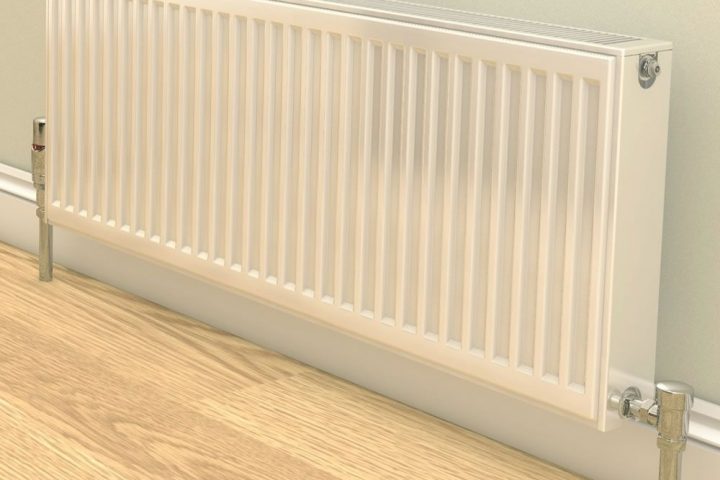Few things bring on that sinking feeling as much as when your radiators are cold and you just want to feel warm. The problem is, you never find out until you need them to work. However, the good news is, there are a few things you can do to hopefully fix the problem, or at least diagnose what’s going on.
Troubleshooting when your radiators are cold
Check your radiator valves
If it’s just one radiator that’s cold, and the rest are ok when the heating is on, then it’s a good indicator there’s a problem with the radiator itself. First off, feel the pipes that feed into the radiator – be careful, they can be hot; if they’re cold, this means the hot water isn’t reaching the radiator in the first place. Then make sure all the valves on the radiator are open. If the valves are shut, you’ve probably found your solution. Open them and give the radiator a short while. Hopefully it will heat up. If they’re stuck, and you can’t move them, you may want to give us a ring to deal with it.
Find out if there is airlock and bleed your radiator.
Trapped air takes up space at the top of your radiator. If a radiator heats up at the bottom and not top, this is an indicator that air is inside. Air can get stuck inside your radiators making them warm at the bottom, but cold at the top. You may have to bleed the radiator if this happens. An air trap at the top of your radiator prevents the proper circulation of hot water.
Has the thermostatic valve got stuck?
If one radiator is cold, it could be because the thermostatic valve – the valve where you set the heating level – may have locked. As with other stuck valves, try unsticking it first. But if you have no luck, give us a ring and we’ll come and have a look.
Find out if there is an airlock and bleed your radiator
Feel the radiator… is it cold everywhere, or just at the top or the bottom? Trapped air takes up space at the top of a radiator and prevents proper circulation of the hot water in your system. If your radiator heats up from the bottom, and the top of your radiator is cold, this is strong indicator that you need to bleed the radiator.
Check if the system requires power flushing
If you’ve checked everything above and none apply, it’s worth considering power flushing. Power flushing involves removing sludge and debris that’s built up over time in your central heating system. A good indicator that a power flush is needed is if your radiator only warms up at the top. This is because the sludge at the bottom is preventing the hot water in the system reaching the bottom of the radiator. If you think this is required, give us a ring and we’ll come and have a look.
Getting help from an experienced heating engineer
Hopefully one of the suggestions above will enable you to fix the radiator. However, if you’ve had no luck diagnosing the problem… or, if you know what the problem is but can’t fix it… don’t worry. Just give us a ring on 01908 034194.
At Grand Union Plumbing & Heating, our qualified heating engineers deal with radiator gremlins every day and will be delighted to help get your cold radiators hot again!

